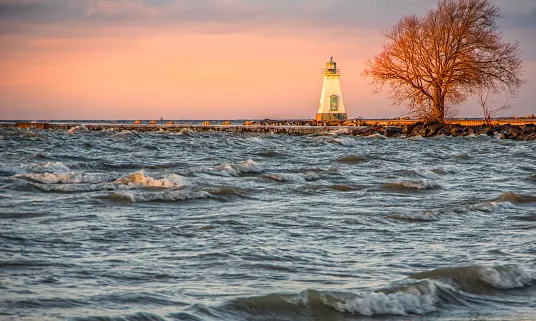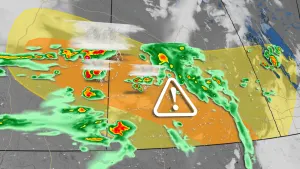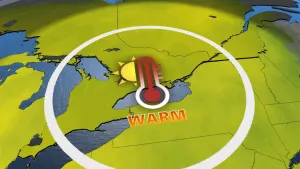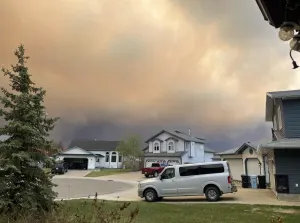
Why L. Ontario is rising 123 Olympic swimming pools a minute
The Great Lakes play a major role in the flow of water along the St. Lawrence Seaway, and Lake Ontario is the last stop for waters before they stream into the St. Lawrence itself, en route to the Atlantic.
That also means controlling the flow of Lake Ontario is the last chance to influence the rate of water level rise further downstream -- something that's been critical in the past week with major flooding occuring around Montreal.
An international body, The International Lake Ontario - St. Lawrence River Board, controls the outflow of water from the lake to compensate for higher water levels downstream, including outflow from the Ottawa River into the St. Lawrence.

When flooding began in mid-April, the agency adjusted releases from dams and locks to reduce outflow from the lake at its eastern end dramatically. Outflow on April 13 was about 8,700 cubic metres per second, down to 7,600 cms by the 17, and down around 5,600 cms as of April 23.
Water at the other end of the lake, mainly from Lake Erie via the Niagara River, continues to flow in, however, and that means Lake Ontario is looking at a net gain in water volume.
A staggering net gain, in fact; the volume of the lake is currently increasing by the equivalent of 123 Olympic swimming pools every minute.

This disparity means Lake Ontario water levels on also on their way up, with water levels reaching 75.36 metres as of April 28 -- about half a metre below the average peak value reached during the extensive flooding of 2017, which left many spots on the Toronto Islands under water.
Maintaining that delicate balance is crucial to flood mitigation efforts along the entire waterway, and while the increase in water in Lake Ontario is dramatic, it's also making a significant difference for downstream flooding.
"Our flow decreases over the past couple of weeks effectively decreased flood levels at Montreal by 4.2 feet (1.3 metres)," said Rob Caldwell, the Canadian Secretary for International Lake Ontario - St. Lawrence River Board.
The board expects water levels in the lake to rise "more than is typical this time of year", depending on weather conditions in the region.
Sources: International Lake Ontario - St. Lawrence River Board | Great Lakes Sailing |









